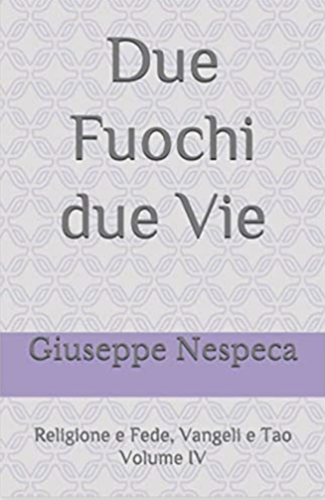The Gospel passage that was just proclaimed is the prelude to two great canticles: that of Mary, known as the “Magnificat”, and that of Zechariah, the “Benedictus”, which I like to call “the canticle of Elizabeth or of fruitfulness”. Thousands of Christians throughout the world begin the day by singing: “Blessed be the Lord” and end it by proclaiming “the greatness of the Lord, for he has looked with favour on his lowly servant”. In this way believers of different peoples, day by day, try to remember; to remember that, from generation to generation, God’s mercy spreads over all people as he had promised our fathers. And from this context of grateful remembrance bursts forth Elizabeth’s song in the form of a question: “And why is this granted me, that the mother of my Lord should come to me?”. We find Elizabeth, the woman marked by the sign of barrenness, who sings under the sign of fruitfulness and astonishment.
I would like to emphasize precisely these two aspects. Elizabeth, marked by barrenness and marked by fruitfulness.
1. Elizabeth the barren woman, with all that this implied for the religious mentality of that era, which considered barrenness a divine punishment as a result of her sin or that of her spouse. A mark of shame imprinted on her flesh, either because she felt guilty of a sin that she had not committed or because she felt inadequate, not living up to what was expected of her. Let us imagine for a moment the glances of her family members, of her neighbours, of her own ... a barrenness which thoroughly penetrates and ends up paralyzing one’s entire life. A barrenness that can assume many names and forms each time a person physically feels shame in seeing herself stigmatized or feeling inadequate (...)
2. And, let us contemplate Elizabeth, the barren woman, together with Elizabeth, the fruitful-astonished woman. She herself is the first to recognize and bless Mary. It is she who in old age experienced in her own life, in her flesh, the fulfillment of the promise God had made. She who could not have children carried in her womb the Precursor of Salvation. In her we understand that God’s dream is neither barrenness nor to stigmatize or shame his children, but to make flow in them and from them a song of blessing. Likewise we see it in Juan Diego. It was precisely he, and not another, who carried imprinted on his mantle, the tilma, the image of the Virgin: the Virgin with a dark complexion and face of mixed race, supported by an angel with the wings of quetzal, pelican and macaw; the mother able to assume the features of her children to make them feel part of her blessing. It would seem that God unceasingly persists in showing us that “the stone which the builders rejected has become the head of the corner” (Ps 118[117]:22).
[Pope Francis, homily 12 December 2017]












